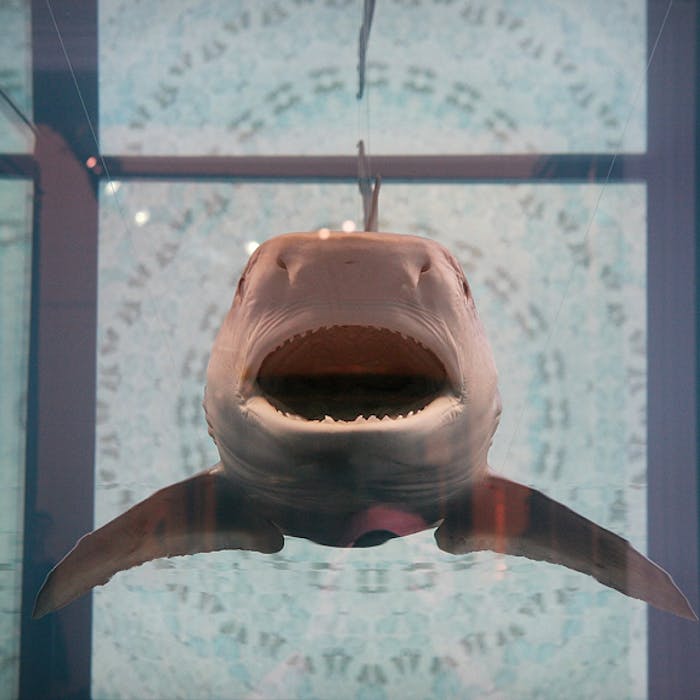
The Turner Prize: great art or rubbish?
The Turner Prize is an annual prize presented to a British visual artist, and is named after the English painter J. M. W. Turner. Since its beginnings in 1984 it has become the UK's most publicised - and often controversial - art award. The award is for work in all visual media and the prize is £40,000.
Awarding the prize is organised by the Tate gallery and usually staged at Tate Britain in London, though in recent years the award ceremony has sometimes been held in other UK cities. Winners have frequently been controversial as the competition shows a distinct preference for conceptual art. Between 1991 and 2016, only artists under the age of 50 were eligible (this restriction was removed for the 2017 award).
Exhibits in the past have included works such as The Physical Impossibility of Death in the Mind of Someone Living – a shark in formaldehyde by Damien Hirst (pictured); My Bed, a dishevelled bed by Tracey Emin; and Martin Creed's Work No. 227: The lights going on and off, later acquired by the Tate for an undisclosed sum (though it was valued at around £110,000).
Those not fans of the famous/notorious competition include The Evening Standard former critic Brian Sewell, who wrote "The annual farce of the Turner Prize is now as inevitable in November as is the pantomime at Christmas".
In 2002, Culture Minister (and former art student himself) Kim Howells pinned the following statement to a board in a room specially-designated for visitors' comments: "If this is the best British artists can produce then British art is lost. It is cold mechanical, conceptual bullshit." A satirical rival mocking the award is called the Turnip Prize (featured on a separate Six Things item).
Further reading
Links to external websites are not maintained by Bite Sized Britain. They are provided to give users access to additional information. Bite Sized Britain is not responsible for the content of these external websites.
